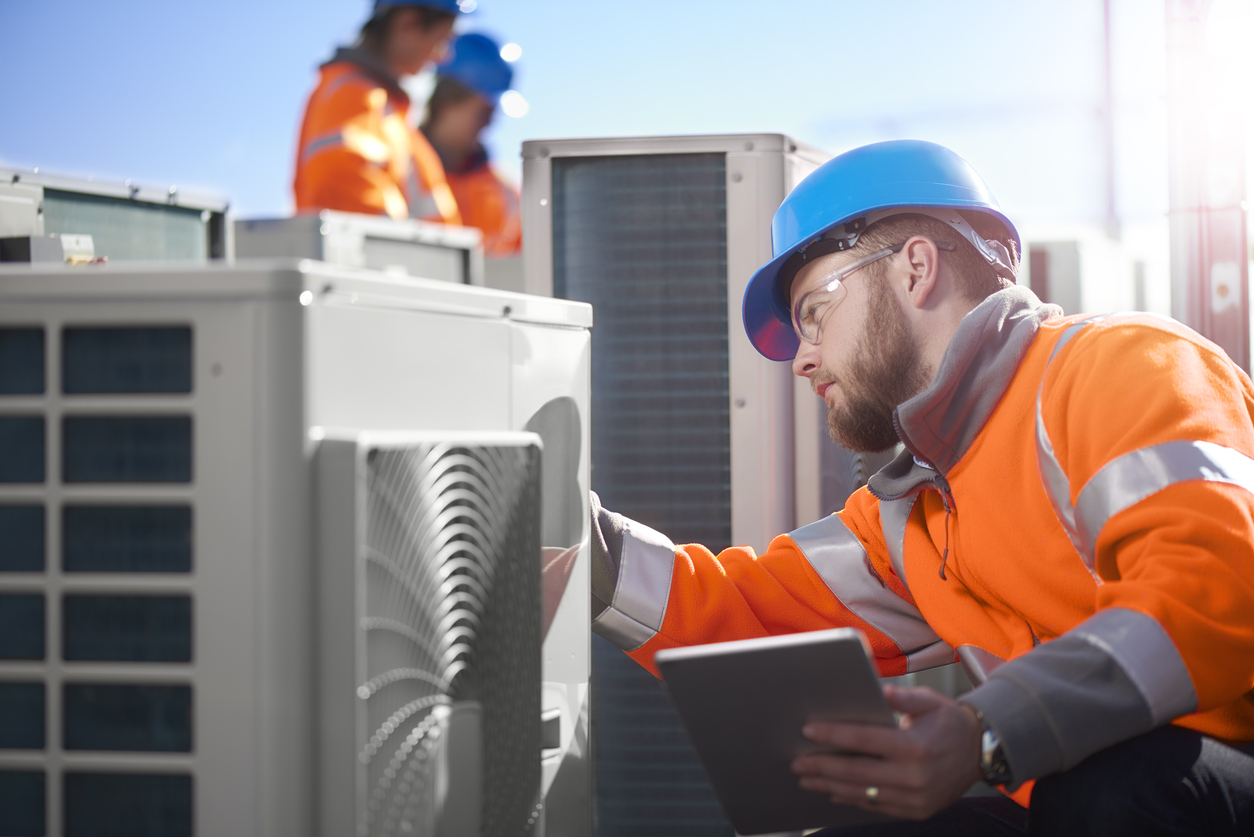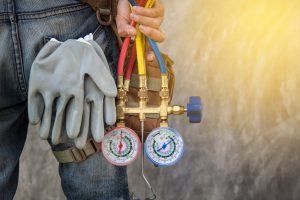
With these tips and tricks, you can get your AC unit to work smarter, not harder. If you have a noisy unit that creates poor indoor air quality or different comfort levels throughout the house, it may be time to give your AC some TLC.
that creates poor indoor air quality or different comfort levels throughout the house, it may be time to give your AC some TLC.
Reduce Sources of Indoor Heat
If your house feels uncomfortable despite your AC running, start with the obvious. Seal the leaks in your home where warm air is coming in. Caulk any cracks and holes and ensure the seals on doors and windows are in good shape. Getting a blower-door test will help you to identify problem areas.
Building a new home or addition? Consider taller wall panels installed vertically. Here, seams fall on joists, so you can reduce the air leakage of your home by up to 60%.
Improve insulation, especially in the attic and ensure that insulation is evenly distributed. Lumpy insulation has a reduced overall R-value.
Reduce solar gain in the hottest months by closing blinds or growing deciduous trees outside windows.
Regularly clean your dryer vent and ensure hot, humid air is properly vented outside the home. You’d be surprised at how often it is vented into the attic or wall systems.
Buy Energy Star appliances. Older appliances are less efficient and produce more heat when they are running.
Improve AC Performance
Replace your AC filters regularly. Clogged filters prevent proper air flow which may affect efficiency and the unit’s longevity.
Check that vents are clear—often furniture and other household items accidentally block the free flow of air. Check that the vent louvres are open.
Your ducting system can become clogged and dirty which would impede air flow and result in poor indoor air quality. When inspecting your ductwork, check for holes or gaps through which your conditioned indoor air could be escaping. Seal all duct leaks and get a professional to test the pressure in your ducts to ensure that the system is working properly.
The design of your ducting could also play a role in the efficacy with which cool air is delivered. Restrictive duct design can hinder the delivery of cool air to some parts of the house. Flex ducts should only be used for straight areas and should be pulled tight.
Check that your outdoor unit is not obstructed with plants or vinyl AC covers. The outdoor unit needs to be able to pull air in and pump air out so keep it clear. Whenever possible, place these external units in the shade. When they are in the sun, they have to work harder against their own internal temperature.
Avoid placing external units under trees where falling leaves and seeds can cause clogs or in areas where it they can get blocked with dirt.
